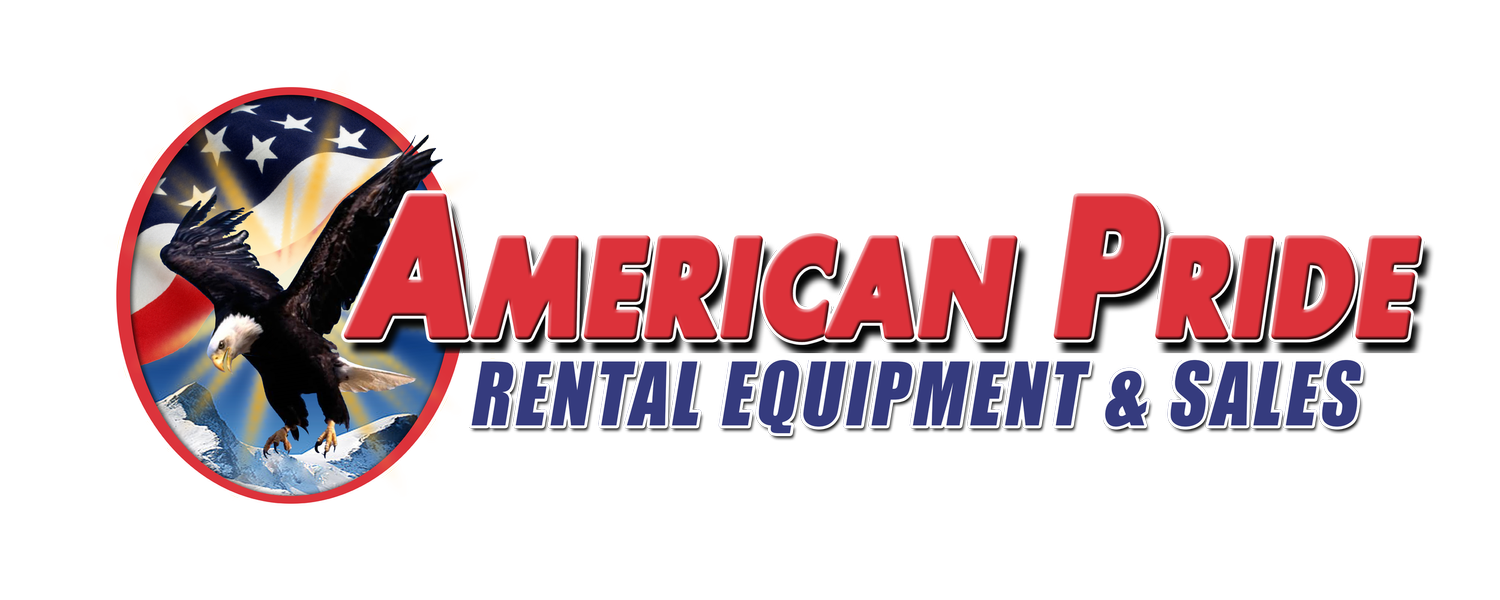THE BENEFITS OF RENTING CONSTRUCTION EQUIPMENT
Ah, the lure of that shiny, new backhoe loader! But before you pay out hard cash for the privilege of being its proud owner, it may be worth thinking about renting rather than buying. Money is always a key consideration, but so are risk and opportunity. The rent-or-buy decision has an impact on all three. The market for renting construction equipment has increased in recent years. The list of advantages below explains why.
THE NOTABLE BENEFITS OF RENTING CONSTRUCTION EQUIPMENT
Stop paying for your equipment when you are no longer using it. If your construction project needs specific equipment for a short duration only, that equipment is liable to stand idly afterward if you buy it. Let the rental company worry about finding other users.
Get up-to-date technology. The rental market is competitive and incites rental companies to offer recent-generation machines that get jobs done faster and more efficiently. Up-to-date equipment usually also means compliance with emissions regulations.
Avoid maintenance costs. Many rental contracts make provision for maintenance (including record-keeping), repairs and spare parts. Check the contract before signing to see what is included. Remember that you may also make further savings by not having to hire or train your own in-house specialists.
Stop storage costs. Construction equipment can only take so much idle time outside. Storage facilities to keep bigger pieces of equipment tucked away when they are out of use can be a major capital expense in themselves. But this is another worry you can simply hand off to the rental company.
Truncate transport costs. If your equipment is on the East Coast, but your project is on the West Coast, your costs to move your machines could make a sizable dent in your profitability. It may be smarter to rent the construction equipment you need from a rental company local to your project site and wave goodbye to transport costs.
Pursue new opportunities. Some projects require specialized equipment if they are to be done correctly and efficiently. Buying the equipment may not be economically viable. On the other hand, rental can let you expand your project horizons while staying profitable.
Cut opportunity costs. If you buy instead of renting, you tie up capital that is then no longer available for other projects. That can cost you opportunities you would have liked to pursue. You can keep your options open by renting instead of buying.
Make direct tax deductions. Rental costs are often immediately deductible as business expenses. Purchases of construction equipment on the other hand often need to be depreciated over the lifetime of the equipment.
Improve your balance sheet. This is another one to make bean-counters happy! Your finance department will appreciate the fact that rental expenses are not considered to be a balance sheet liability. Among other things, you preserve more of your company’s borrowing power.
FROM RENT TO LEASE TO BUY
Renting construction equipment also lets you try before you buy. You avoid the risk of large investments if equipment turns out to be unsuitable. Under certain conditions such as a lease/purchase option, rental charges can be deducted from the purchase price if you decide buying is the way to go.
WHEN IT MAKES SENSE TO BUY INSTEAD OF RENTING
With all of the advantages above, you may wonder if buying is ever the right decision. If you are sure that you’ll be using equipment every working day of the year, then buying may still be the better option. As a rule of thumb, the cross-over zone between rental and purchase is the usage of the equipment 60 to 70 percent of the time.
You can fire up your PC spreadsheet or, better still, use purpose-built construction management software to calculate and figure out whether buying or renting construction equipment is best for you. Different rent-or-buy decisions work for different companies. Where is the cross-over zone between buying or renting construction equipment for your company? We’d love to hear about it from you in the Comments section below!
Original article written by Rachel Burger.


